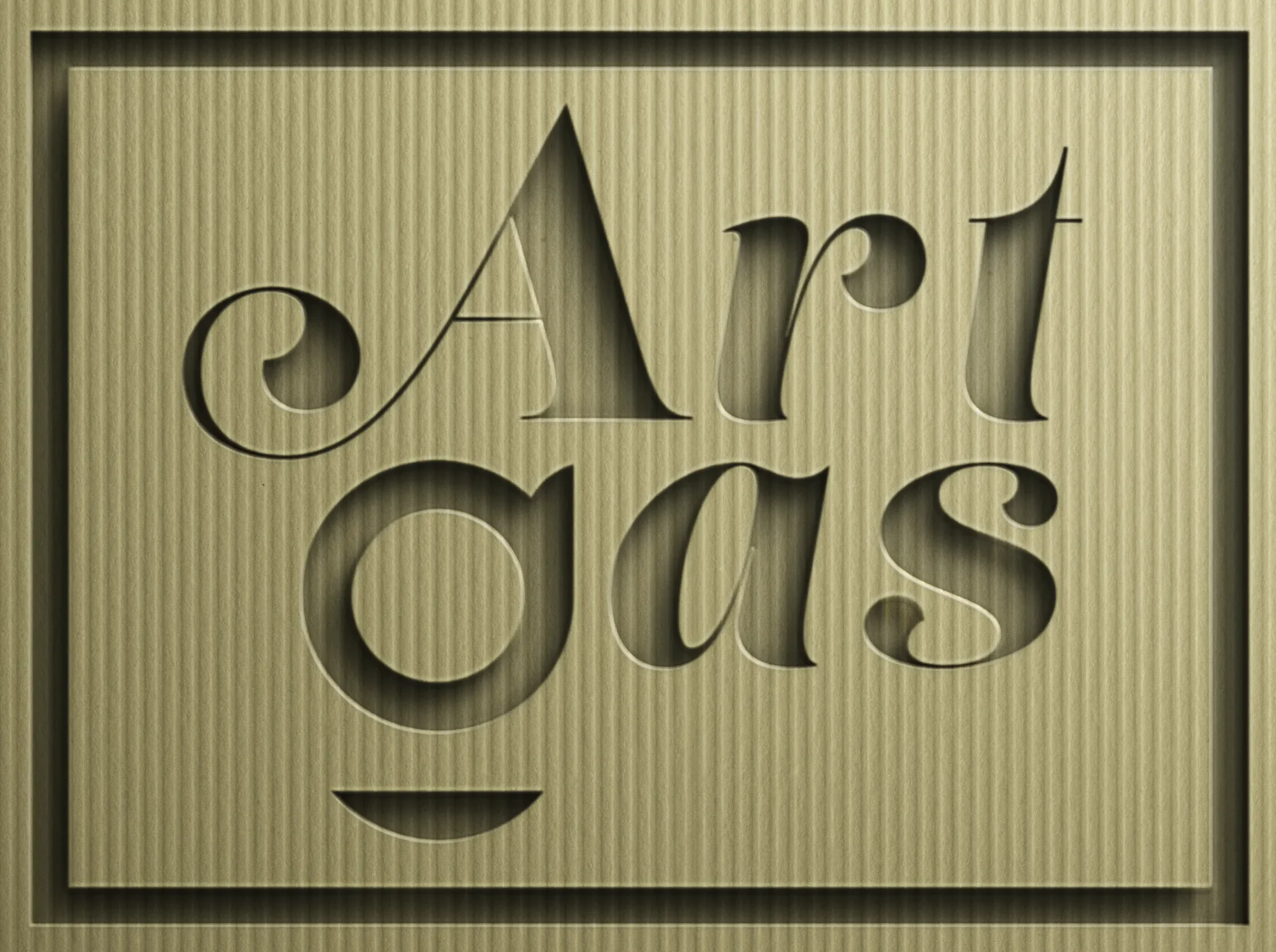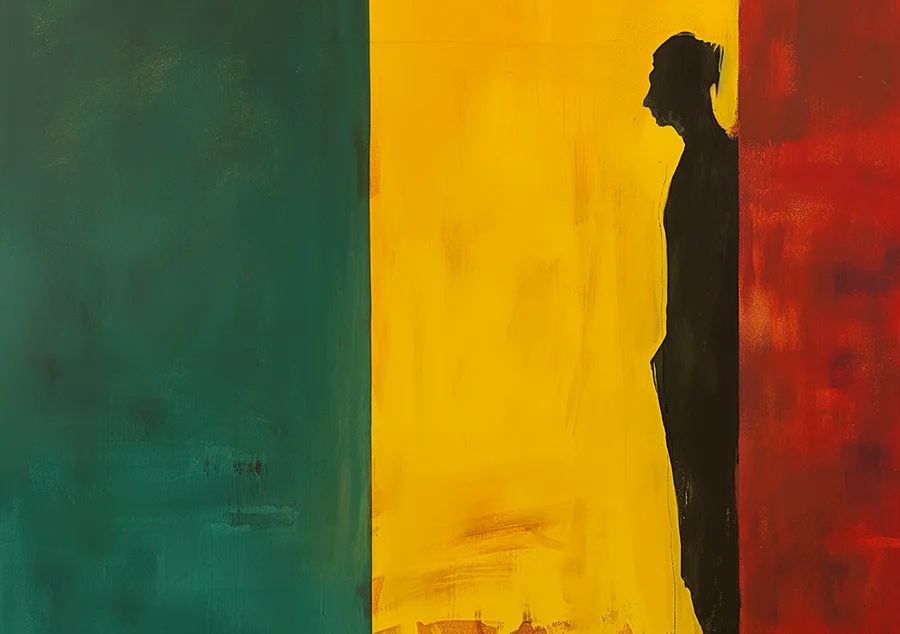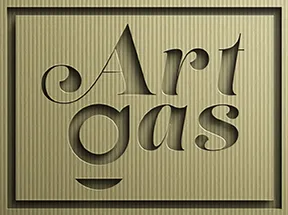Contemporary Color Field Painting
Contemporary Color Field painting is a modern evolution of the Color Field movement, a significant stream of abstract art that emerged in the late 1940s and 1950s. The foundational Color Field movement was part of the larger wave of Abstract Expressionism, characterized by large, simplified compositions where the primary expressive tool was color. Artists would often apply paint in large, solid areas or stains, focusing on the flatness of the canvas and using color as the primary means of communication, often eliciting emotional reactions solely through chromatic harmony.
Prominent artists in the original Color Field movement included Mark Rothko, renowned for his large, mesmerizing blocks of color; Barnett Newman, famous for his “zip” paintings; and Helen Frankenthaler, who pioneered the “soak-stain” technique.
In its contemporary form, Color Field painting retains the emphasis on large expanses of color but often incorporates modern techniques and materials, reflecting advancements in paint technology and the influence of digital media. Contemporary artists in this genre might experiment with textures, layering, and novel forms of color blending, often aiming to create a more immersive and dynamic experience for the viewer.
Characteristics of Contemporary Color Field painting include:
- Expansive, uncluttered areas of color.
- Minimalist compositions, often without recognizable imagery.
- A focus on the emotional and evocative power of color.
- Innovative paint application techniques.
- Integration of new technologies and media.
Noteworthy Link: Artsy Contemporary Color Field Painting


